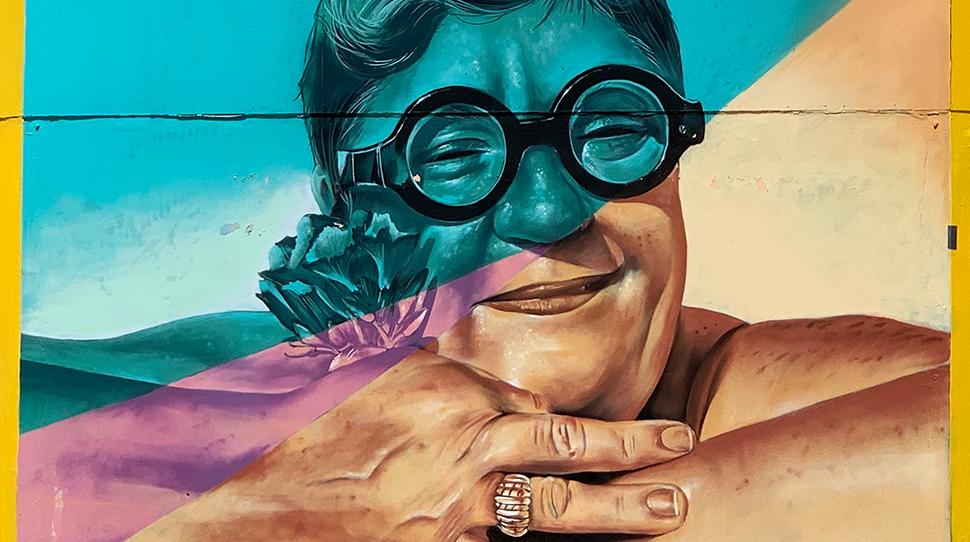

Aruba’s white sand, aquamarine waves and fiery sunsets look like the makings of a watercolor. But if you can wrest your eyes from the beaches’ saturated colors, you can see some real art on this Caribbean island.
From popular Palm Beach, head about 20 miles south to San Nicolas, an emerging arts district coated in Technicolor. Artists hailing from Argentina to Amsterdam have come to Aruba to create an outdoor gallery of 44 murals, many of which focus on nature themes. Forbes Travel Guide Recommended The Ritz-Carlton, Aruba arranged a private guided excursion with Aruba Mural Tours that led us through the downtown streets followed by a workshop with a local artist to create our own painting.
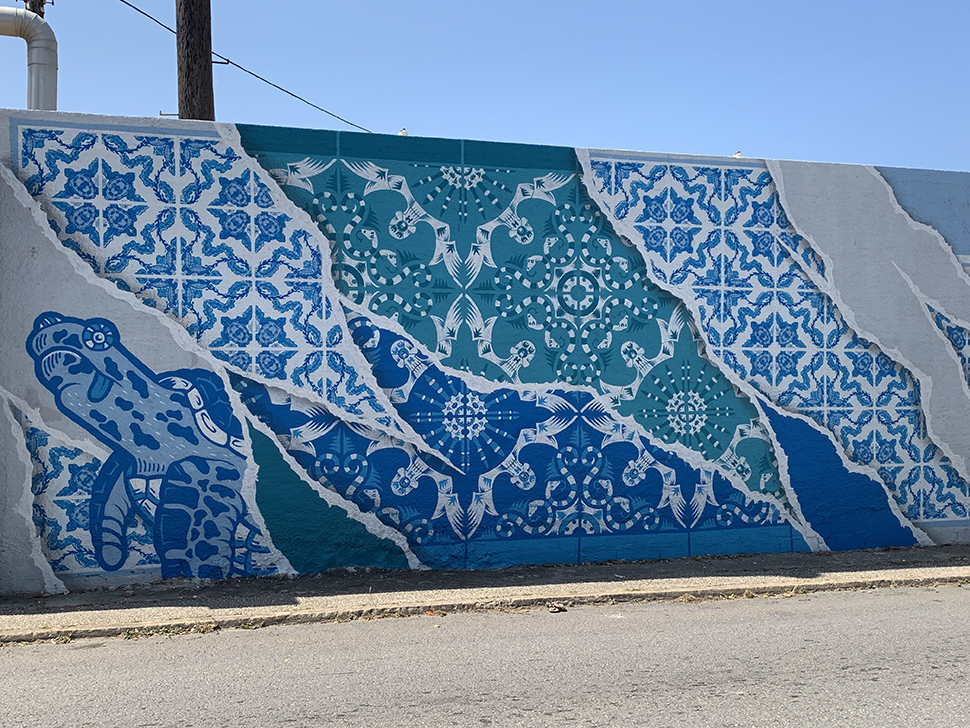
The tour and murals mark a new direction for San Nicolas. While it is the island’s second-largest city (after the capital, Oranjestad), its downtown is barren. Residents and businesses deserted the area when Exxon closed its oil refinery in 1985, leaving empty storefronts that soon became eyesores. As San Nicolas floundered and changed into no-man’s-land, the island and its visitors turned their attention to Oranjestad and later Palm Beach.
Aruban Tito Bolivar traveled to Bogota, Colombia, in 2015 and fell in love with the city’s street art and the way it transformed different neighborhoods. He envisioned adopting a similar strategy back home to breathe new life into San Nicolas’ dilapidated buildings.
But his goal to create an artistic hub in a place known for its beaches was a cultural shift. “Art does not live in Aruba,” he says.
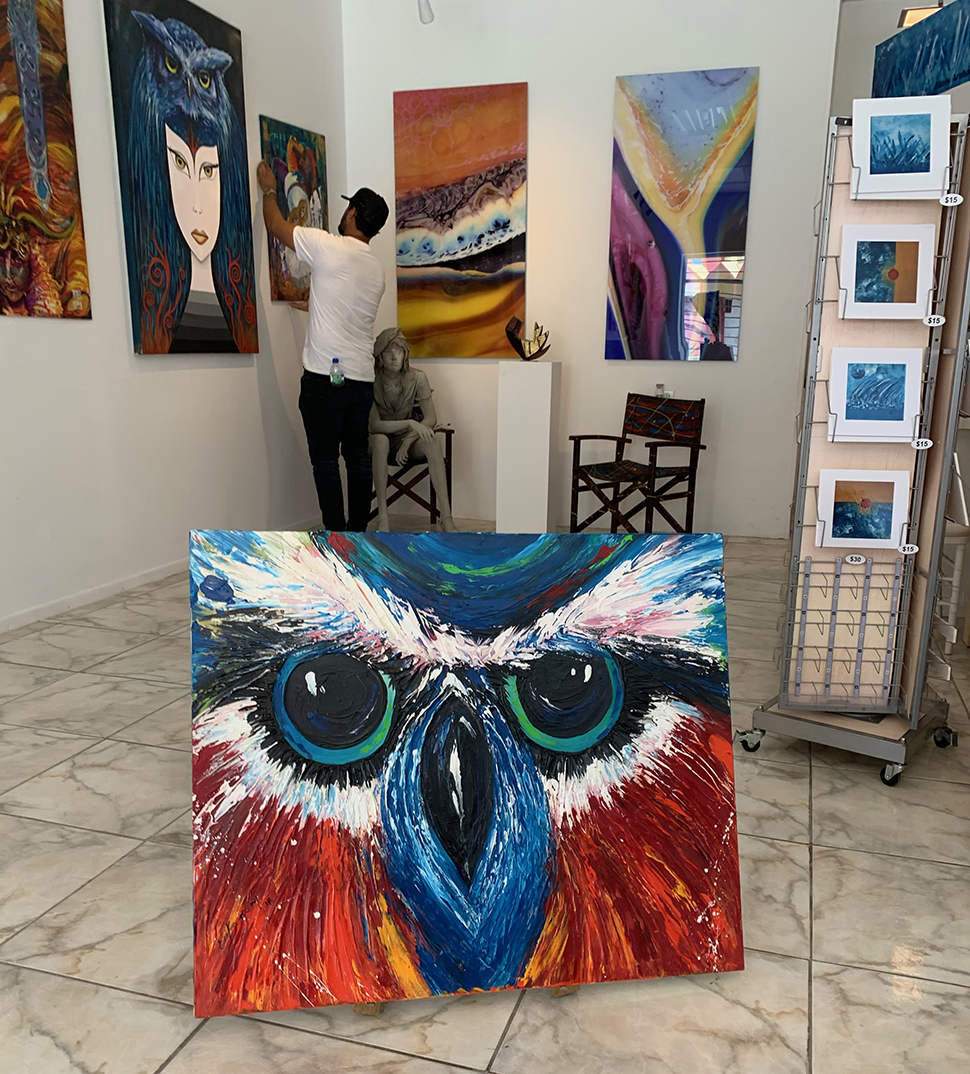
According to Bolivar, art’s popularity on the island waned in the ’90s. It got a boost when a movement called Korteweg brought together a modest gathering of people to buy arts and crafts in a market setting in 2015. The following year, he formed ArtisA (which stands for “Art is Aruba”), a group that organizes local art projects, including the mural tours and the Aruba Art Fair. The launch of the three-day fair helped revitalize the art scene — it now attracts about 10,000 visitors each year.
When Bolivar began the fair in 2016, he invited 100 Aruban and international artists to town. “During the art fair we always leave murals behind as a present,” he says.
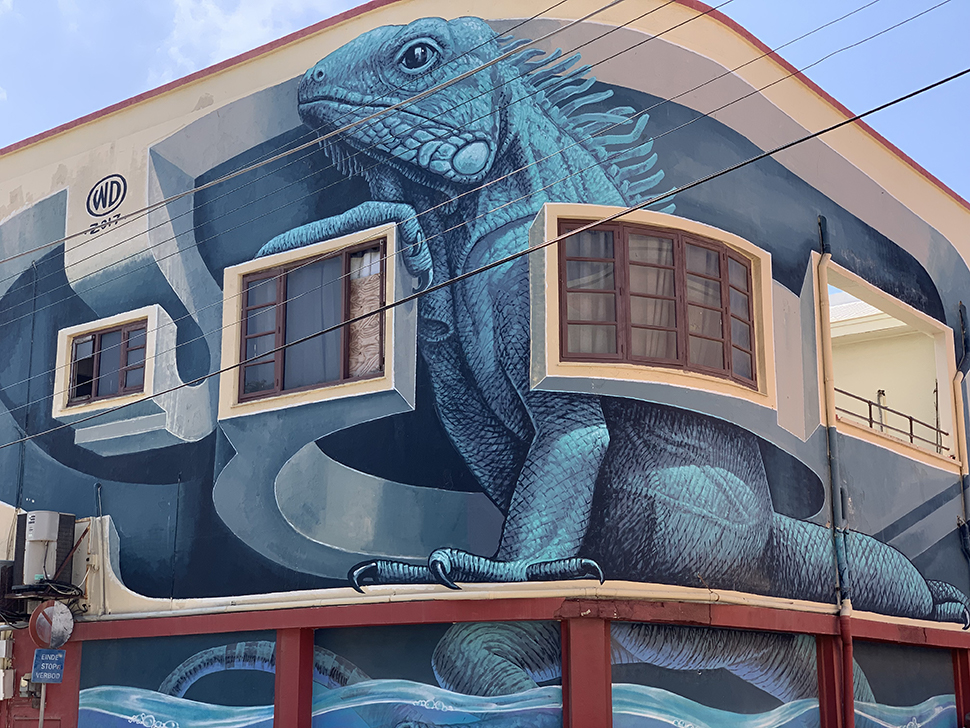
As we strolled the downtown, Bolivar pointed out these gifts, which include a rainbow-hued lionfish — whose overabundance in Aruba’s waters is threatening its reefs — from Amsterdam artist Dopie; a cheerful portrait of Alice van Romondt, a prominent local arts and culture advocate, by Lisbon’s Odeith; and the ever-present iguana shaded in blue and leaning on a window by Bali’s WD.
Curaçao artist Garrick Marchena uses trompe l’oeil techniques to make his subjects leap from the canvas. One mural shows a green-feathered prikichi, Aruba’s national bird, perched on a branch. Next to it is part of a poem by Aruban nature photographer Damilice Mansur written in a fanciful font, “He who plants a tree plants life, plants faith, plants shelter, plants peace, plants hope for future generations.”
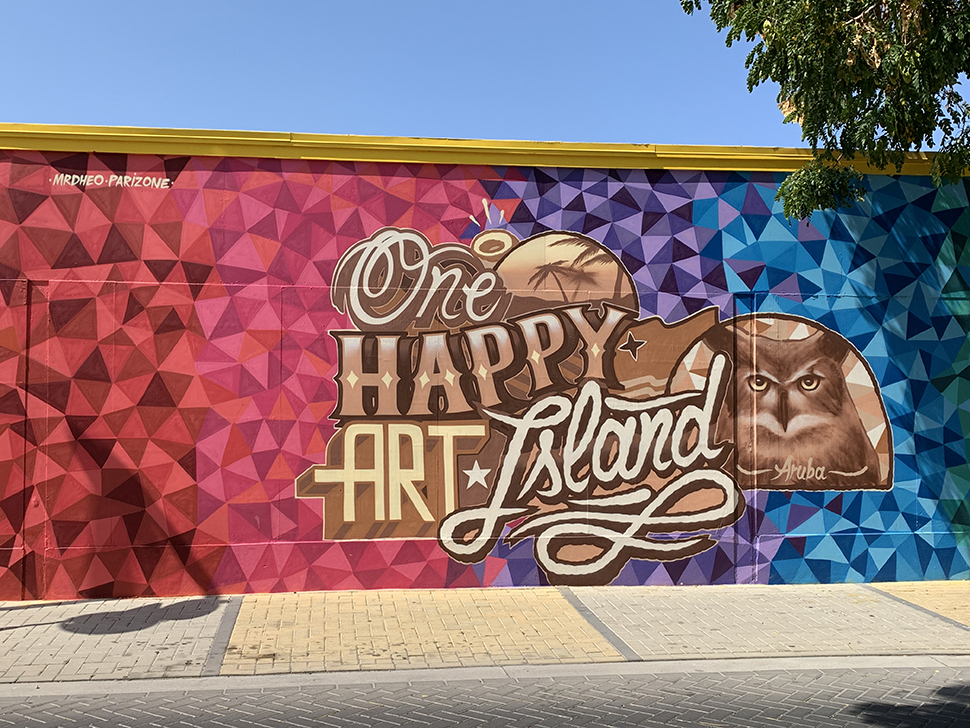
In his hyperrealist work, Prague graffiti artist Chemis touches on politically charged topics like pollution (an oversized brown pelican sits on an oil barrel in one piece) and the casino industry’s influence on the island (the aqua façade of Winter Garden bar and restaurant is covered with precariously placed cards).
The murals are becoming a must-see attraction in Aruba. Bolivar says that it’s because they come from high-quality artists, they tell a story and they all have the identity of the island.
“It has revived a forgotten city and now people from all over the world now are visiting San Nicolas,” he says. “San Nicolas is the new place to be now.”
